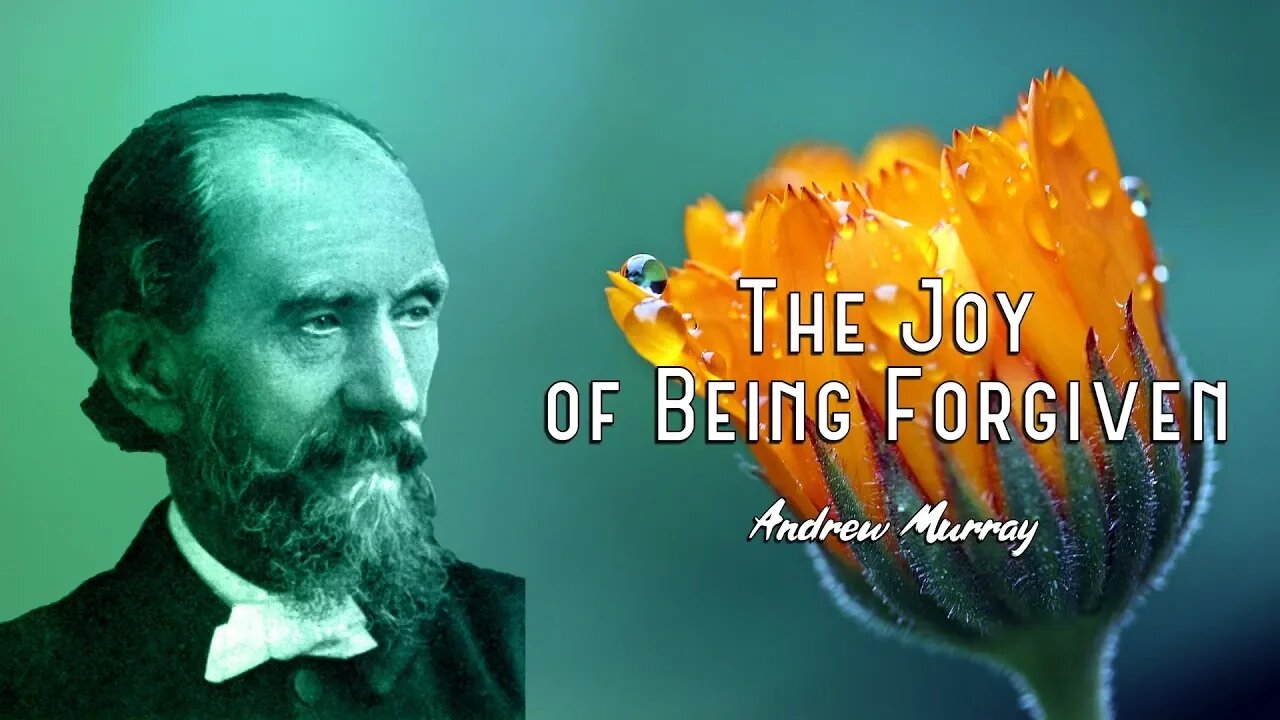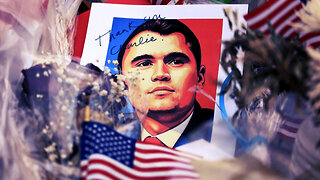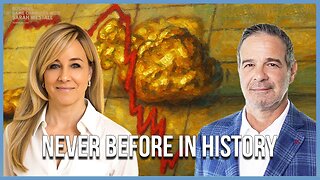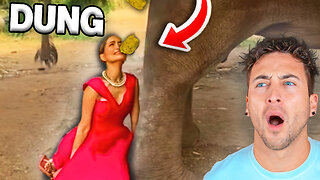Premium Only Content

The Joy of Being Forgiven by Andrew Murray
Andrew Murray was the second child of Andrew Murray Sr. (1794-1866), a Dutch Reformed Church missionary sent from Scotland to South Africa. Andrew Murray was born on May 9th, 1828 in Graaff Reinet, South Africa. His mother had connections with both French Huguenots and German Lutherans.
In 1838, when Murray was ten, he and his brother John went to study in Scotland. They went to train with their uncle, the Rev. John Murray. In the spring of 1840 the revivalist William C. Burns came and spoke in Aberdeen, Scotland. Burns made a deep impression on Andrew. He was staying at his uncle’s house and they spent long evenings sharing about the work of God. Burns had been instrumental in the great Kilsyth Revival of 1839. His heart was constantly broken over the lost, and he would weep and pray for hours for their salvation. Andrew would listen, with awe, as Burns would preach, and he saw a model of what he would like to become. Andrew and John attended Marischal College and graduated in 1844.
From there, they both went to the University of Utrecht where they studied theology. The two brothers became members of Het Rveil, a religious revival movement opposed to the rationalism which was in vogue in the Netherlands at that time. Both brothers were ordained by the Hague Committee of the Dutch Reformed Church on May 9, 1848 and returned to the Cape.
Murray married Emma Rutherford in Cape Town, South Africa, on July 2, 1856. They had eight children together (four boys and four girls).
Andrew pastored churches in Bloemfontein, Worcester, Cape Town and Wellington, all in South Africa. He was a champion of the South African Revival of 1860.
Murray’s life was preaching and teaching. Then tragedy struck. In 1879 he became ill and his throat was impacted. He lost his voice and began the two “silent years”. These years molded Murray in a new way. He surrendered everything to God. He came to a place of deep humility and love for God and for others. He met with Otto Stockmayer to get a deeper understanding of the theology of healing. In 1881 he went to London to Bethshan, a faith cure home started by W. E. Boardman. He was completely healed there and never had trouble with his throat again. From that point on he knew that the gifts of God were for believers today, and taught and wrote about it. In 1882 he attended the Keswick Convention. This convention emphasized “Holiness” and “Deeper Life” themes. Eventually, in 1895, he became a featured speaker.
Over his lifetime, he wrote more than 240 books, all of which were dictated to his wife Emma or his daughter, due to his inability to write clearly.
His methods of work during the latter years of his life are thus described by his daughter: 'He sits up very straight in his study chair, and dictates in a loud, clear voice, as though he were actually addressing his audience. His hours of work are usually from 9 or 10 till 11 in the forenoon, during which time two or three chapters of a book are completed. He is very particular about punctuation, and always says: "New paragraph," pointing with long, slender finger to the exact spot on the paper where the new line must commence, "fullstop," "comma," "colon," "semi-colon," as the sense may require. Should his secretary perpetrate some mistake or other in spelling, he would make some playful remark like: "You will have to go back to the kindergarten, you know." At 11 o'clock he would say: "Now give me ten minutes' rest; or no, let us write some letters for a change." Then half a dozen letters would be quickly dictated, in reply to requests for prayer for healing, for the conversion of unconverted relations, for the deliverance of friends addicted to drink, or, it might be, business letters. He always dictated in a tone of great earnestness, and was specially anxious to get a great deal into a page. "Write closer, closer," he often repeated. When near the end of the foolscap page, he said: "Now the last four lines for a prayer"; and then he would fold his hands, close his eyes, and actually pray the prayer which ended the written meditation.
He died on January 18, 1917, four months before his eighty-ninth birthday. Over the years he influenced many, including Jessie Penn-Lewis, a key figure in the 1904-1905 Welsh Revival.
#Jesus #Christian #AndrewMurray
-
 48:05
48:05
RedeemedKJV
6 days agoCharlie Kirk National Day of Remembrance - Dan Botterbrodt
36 -
 39:59
39:59
Clownfish TV
10 hours agoHollywood NO MORE! Animation Industry Will DIE First?! | Clownfish TV
16.6K2 -
 25:57
25:57
The Kevin Trudeau Show Limitless
2 days agoThe Sound Of Control: This Is How They Program You
66.5K19 -
 47:41
47:41
Sarah Westall
4 hours agoNew Actions by Insiders Never Seen in History – Bitcoin Moves Ahead w/ Andy Schectman
22.1K2 -
 1:08:26
1:08:26
Glenn Greenwald
6 hours agoGlenn Takes Your Questions on Bill Ackman's Meddling in the NYC Election, Dems' Refusal to Endorse Zohran; MAGA Abandoning "America First," and More | SYSTEM UPDATE #537
112K31 -
 3:48:54
3:48:54
Nerdrotic
10 hours ago $30.01 earnedStar Wars is DEAD! | Is Hollywood Killing Pop Culture | WB for sale - Friday Night Tights 377
94.6K7 -
 4:00:35
4:00:35
SynthTrax & DJ Cheezus Livestreams
1 day agoFriday Night Synthwave 80s 90s Electronica and more DJ MIX Livestream Electronic Favorites Edition
18.6K1 -
 39:10
39:10
BonginoReport
13 hours agoPro-Life Journo Attacked In Lawless NYC - Nightly Scroll w/ Hayley Caronia (Ep.163)
96.3K30 -
 2:53:01
2:53:01
Nikko Ortiz
6 hours agoNew Army Machine Gun In Insurgency Sandstorm... |Rumble Live
18.7K1 -
 5:01:07
5:01:07
ZWOGs
6 hours ago🔴LIVE IN 1440p! - TOURNAMENT DAY! The Brrrap Pack & Myself vs Sparksforce! - Come Hang Out!
6.17K